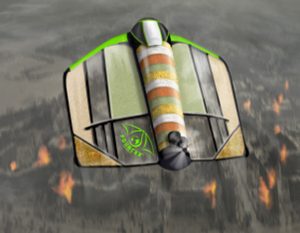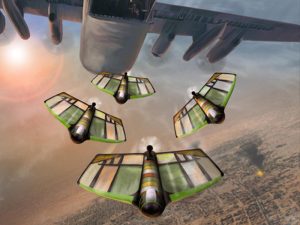News
The Future Is Here. Meet The Pouncer Drone, An Edible Drone For Food Aid Delivery
Technology has come a far way. Today, with a million apps available for different tasks and needs in every walk of life, life has become a lot easier. However, there are some areas where the basic requirements cannot be met because of on-going violence, and sometimes due to natural calamities. Meet the Pouncer drone, the game changer designed to provide food aid to areas affected by natural disasters as well as those afflicted by conflict. And the most ingenious part? It’s edible.
Recently, UK-Based Windhorse Aerospace presented their new Pouncer drone designed by Priti Patel, the UK’s Secretary of State for International Development. This self-flying, fast, and reactive drone is designed to carry up to 50 kg of food, fuel and water to cook the food with, and is accurate up to seven meters.
The 9-foot-drones are autonomous and fly on their own with synchronized GPS technology, meaning multiple can be released at once and delivered accurately to a number of affected areas.
They can be launched from a distance, travel up to 120 knots (138 mph), and are highly accurate when gliding. This gives aircrafts attempting to drop food up to 35 km of distance to drop the goods away from a target site, decreasing the risk the delivery aircrafts take when providing aid.
While the fuselage can carry enough food, water, and fuel for up to 50 people, the aircraft itself is made up of edible, starch-based thermoplastic that can also be used for shelter or additional cooking fuel.
Not only are the drones a great way to meet affected areas’ food requirement, they are also cost-effective, costing just 500 Euros per non-recoverable drone and 5 Euros per kilogram of food provided. However, the company also aims to make the assembly simple and even cheaper, with the largest frame aimed to cost under 100 Euros. Regardless, these are cheap, multi-use, and highly revolutionary aid drones that can feed, fuel, and even shelter those missing those basic needs.
These edible drones are in development, but the company plans to demonstrate their release from a C-130 aircraft early next year.






















